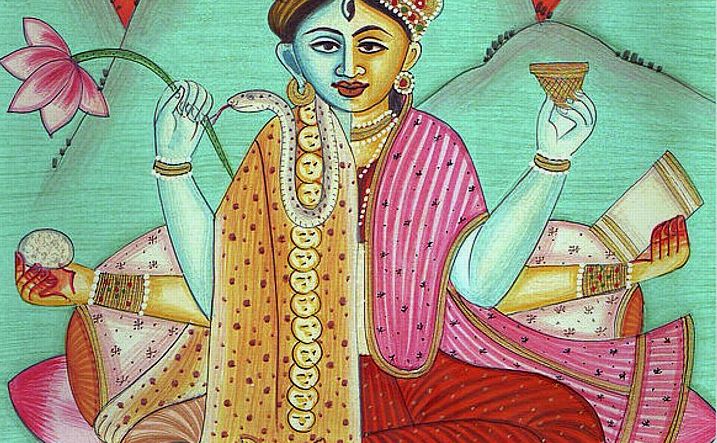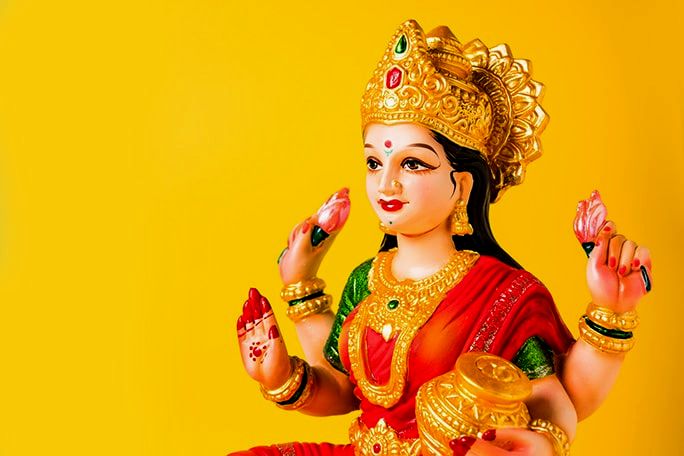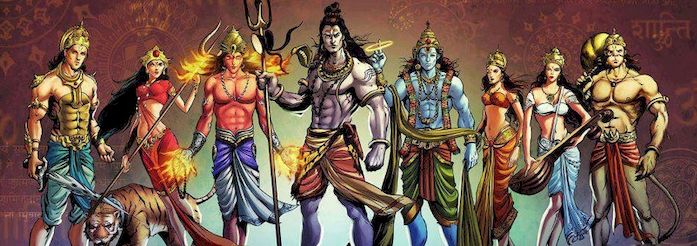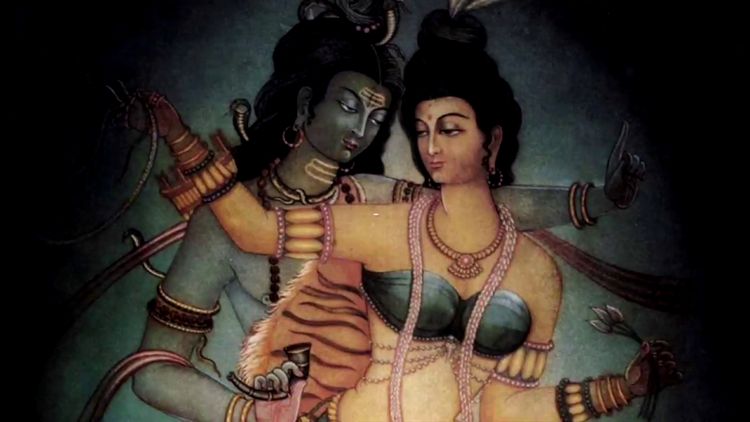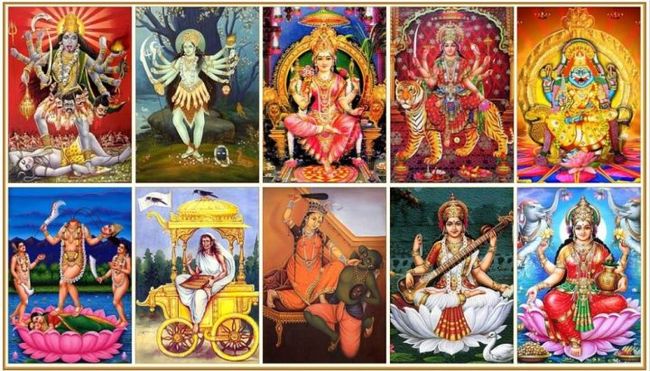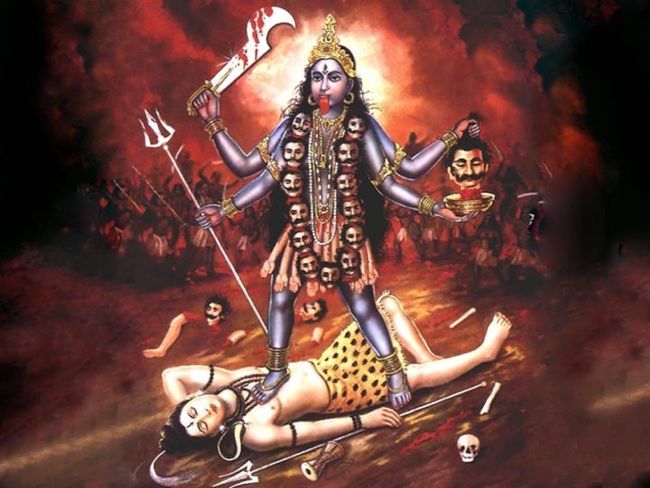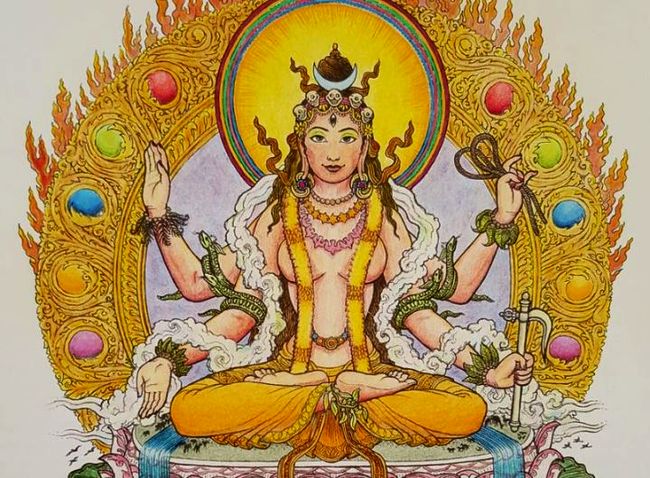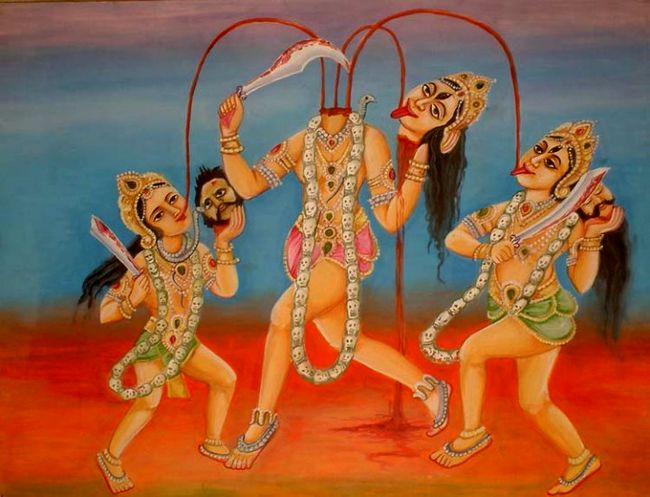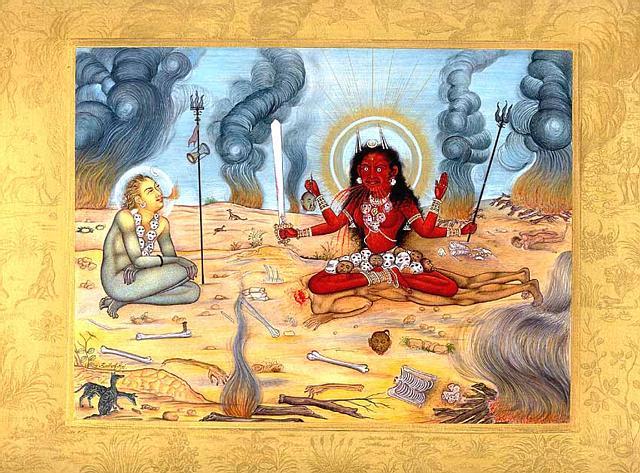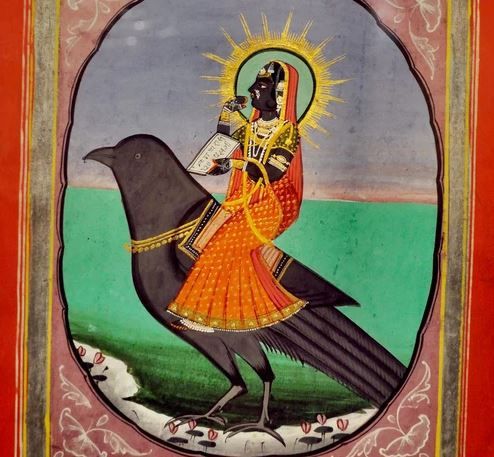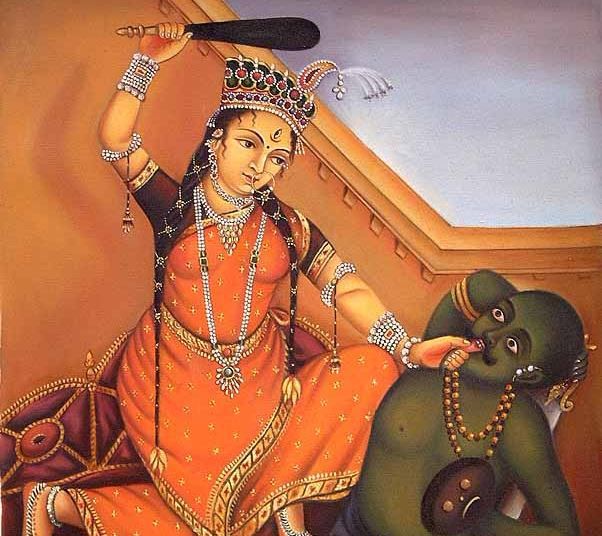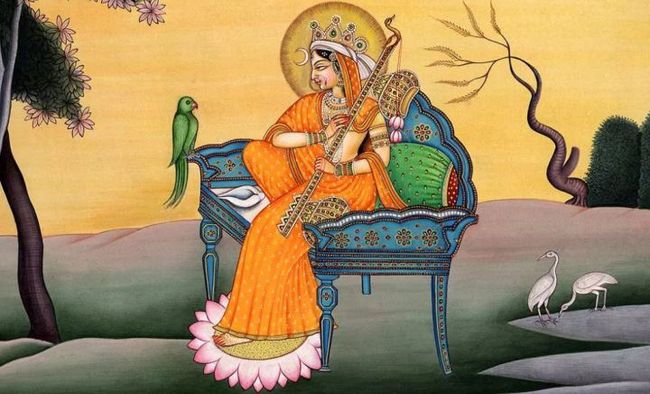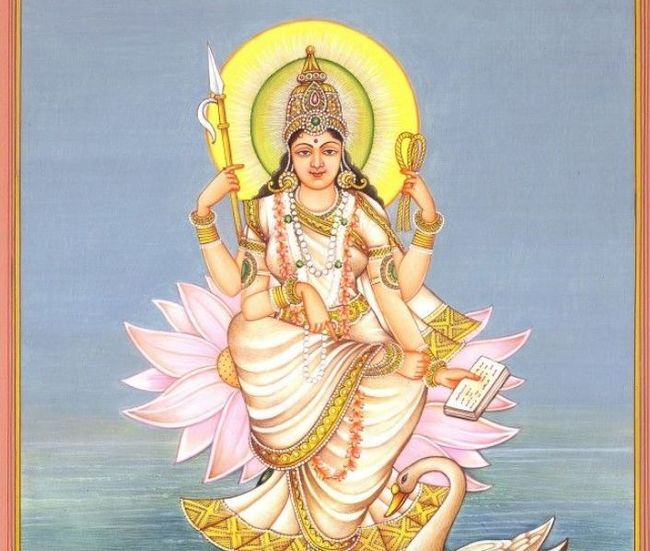Ganga – The River Goddess
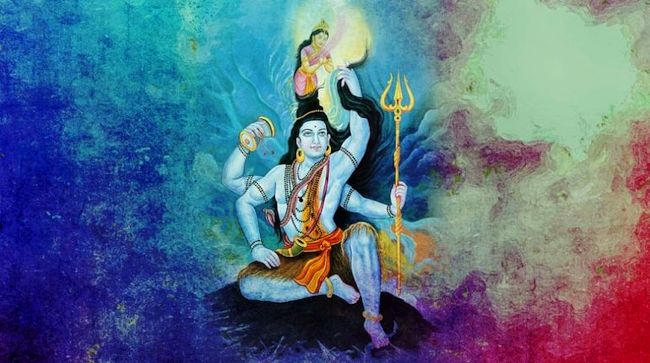
Often called with many names such as Jahnavi, Bhagirathi, Alaknanda, Padma, Mandakini, and Vishnupadi; one who’s Vahan (Mount) is a Magara (Crocodile), is the Goddess of the River, Ganga. She is popularly known for her purity, divinity, and holiness. In Hindu religion, river Ganga is considered a sacred river and is believed to be incarnated as Goddess Ganga. She is worshipped by Hindus, who believe that bathing in the river releases all sins and it facilitates Moksha (emancipation from the cycle of life and death). The water of Ganga is considered very pure. Pilgrims plunge the ashes of their kith and kin in the Ganga, which is considered to bring salvation to the spirits.
Origin of Ganga – The Goddess
As per Hindu Dharma, Ganga is the daughter of Brahma. It is believed that she is born from Brahma’s Kamandalu (Brahma’s vessel), when he was washing the feet of Vamana (The dwarf Brahmin personification of Lord Vishnu). According to the Vishnu Purana, Ganga was created from the sweat of Lord Vishnu’s feet.
Origin of Ganga -The River
River Ganga, also known as the Ganges, has its boundaries in Asia and flows through India and Bangladesh. It rises from the Gangotri glacier at Gaumukh in the Indian Himalayas and merges into the Bay of Bengal. The river is 2,525 km long and is regarded as one of the holiest rivers in Hinduism.
The Story behind the Origination
There are numerous stories behind the origination of The Ganges. Among the various interesting stories of Ganga, the most popular story is from Vishwamitra’s Ramayana Bal Kand, where he recites about Bhagirath and the fall of Ganga to the Earth.
King Sagar – the ruler of Ayodhya and an ancestor of Lord Rama had no sons. After a long sacrament, he was promised and got 60 thousand sons. He then decided to perform the Ashwamedha (great horse sacrifice), yagna to become more powerful and thankful to the supremacy of the god. Knowing this, Indra- the lord of heaven got green with envy and decided to pillage the horse. He then tied the horse in the Ashram of Sage Kapil, who was silently meditating over the years.
King Sagar ordered all his sons to find the Horse. The 60000 sons found the horse next to the holy sage in his ashram. Thinking that the sage had stolen it, he was blamed for the break-in and was insulted by all the sons. The assault woke him up from the meditation in anger. The furious sage with the yogic fire of his eyes burnt all the princes into ashes.
King Sagar on hearing this, pleaded for forgiveness to the sage. The sage then demanded to bring the scared river Ganga, down from the heaven to bring salvation to all of his sons. Sagar’s descendants Bhagiratha pleaded to Brahma to send Ganga down to the Earth to purify the souls of the sixty thousand sons. Following, Brahma agreed and sent Ganga to the Earth. But, Ganga, feeling offended sought to sweep away the Earth with her plunge. Brahma told Shiva to break the plunge of Ganga. So, Lord Shiva received her in his interlocks and tangled her in his hair. Ganga became helpless as the lock was so strong. Thus, Ganga then fell on his head. The river flowed through his matted hair and fell to the Earth and eventually to the underworld, cleansing the souls.
Hence the Ganga is divided into three parts. The one that remained in the heaven is called Mandakini, The part that came down to earth is known as Ganga and the part lowering the rear region is called Bhagirathi, named after the king Bhagirath.
Representation of Ganga / Ganga in an art
The Goddess Ganga is often depicted in Hindu Scripture with her distinct look. Goddess Ganga is seen riding a Magara (crocodile), or sitting on it which symbolizes the life-giving nature of water. She is represented as fair- complexioned women, wearing a white saree and a white crown which symbolize her purity and celestial charisma.
She holds a water lily in her right hand and a lute in her left hand. When shown with four hands she carries a water-pot, a lily. A rosary and has one hand in a protective mode.
Ganga frequently appears in sculpture near temple doors and on decorative relief panels along with her sister river goddess Yamuna.
Ganga – the means of purification
The Ganga is of immense significance to Hindus. Ganga represents a form of divine knowledge which, with its potency of purity and illumination has the powers to elevate all – dead and living towards the heaven.
Dying by the Ganges
The land over which the Ganges flows is considered as sacred ground. Those who die within an area around Ganga called Gangakshtrya (the land of Ganga) are believed to go to the heavenly world and all their sins are washed down. The burial of a dead body at the banks of Ganges, or even casting the ashes of the departed into its water, is thought propitious and leads to the salvation of the deceased.
Ganga Jal – River water
Gangajal (the water of Ganga), is regarded by the Hindus as the most pure and sacred water on this Earth. “Gangajal” is held so sanctified that it is believed, by just holding this water in hand no Hindu dares to lie or be dishonest. According to, The Puranas (the ancient Hindu scriptures) taking a dip in the holy Ganges bestows heavenly blessings. Ganga Jal is also used in various religious ceremonies of Hindus.
Prominence importance has been given to the holy river Ganges in the field of religion and religious activities in Hindu religion. No other river has been as much mentioned in the Purana as the holy Ganges. The Ganges is one of the holiest of all the shrines on this earth as per the Puranas. It is believed that not only man, but even the tiniest of insects get liberated and achieve salvation through the Ganga.
Comments
No posts found





